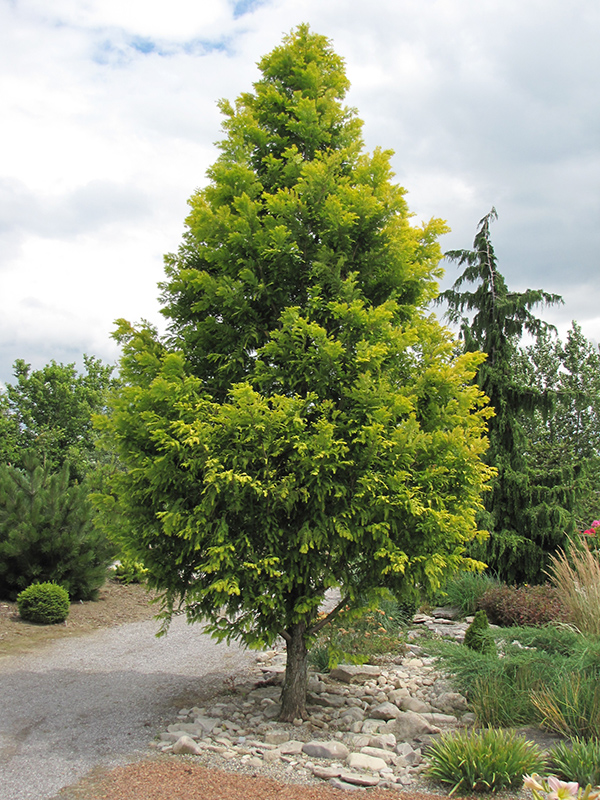

However, it is rare to find groups that reflect adaptation to both the Cretaceous-Early Paleogene greenhouse and the cooler, drier post-Eocene world.

Other groups of plants became restricted to habitats that reflected the previous tropical conditions of their ranges ( 10, 11). As might be expected, the subsequent distribution of plants and animals changed dramatically ( 5 – 7), leading to the development of entirely new biomes, such as grasslands ( 8) and cactus-dominated deserts ( 9). This shift is attributed in part to a dramatic decrease in atmospheric CO 2 that caused global mean temperatures to drop 3–4 ☌ in only ∼300,000 years ( 4, 5). Global climate underwent dramatic changes ∼33.7 Mya when a warm and almost universally equable world rapidly became much colder and drier ( 1 – 3). We conclude that the modern biogeography of the Cupressaceae conifers was shaped in large part by their capacity to adapt to drought. Phylogenetically based analyses suggest that the ancestors of the Cupressaceae were dependent upon moist habitats, and that drought-resistant physiology developed along with increasing habitat aridity from the Oligocene onward. We also provide evidence that within the Cupressaceae, the evolution of drought-resistant xylem is coupled to increased carbon investment in xylem tissue, reduced xylem transport efficiency, and at the leaf level, reduced photosynthetic capacity. Our data show that drought-resistant crown clades (the Cupressoid and Callitroid clades) most likely evolved from drought-intolerant Mesozoic ancestors, and that this pattern is consistent with proposed shifts in post-Eocene paleoclimates. We then apply comparative phylogenetic methods to infer how Cenozoic climatic change shaped the morphological and physiological differences between modern-day members of the Cupressaceae. Here, we use a common-garden approach to compare xylem and leaf-level physiology in this family. Phylogenetic studies demonstrate that despite this variation, these taxa all share a single common ancestor by extension, they also share a common ancestral habitat. The size disparity within the Cupressaceae is equally impressive, with members ranging from 5-m-tall juniper shrubs to 100-m-tall redwood trees. This clade is characterized by highly divergent physiological strategies, with deciduous swamp-adapted genera-like Taxodium at one extreme, and evergreen desert genera-like Cupressus at the other. The Cupressaceae clade has the broadest diversity in habitat and morphology of any conifer family.


 0 kommentar(er)
0 kommentar(er)
